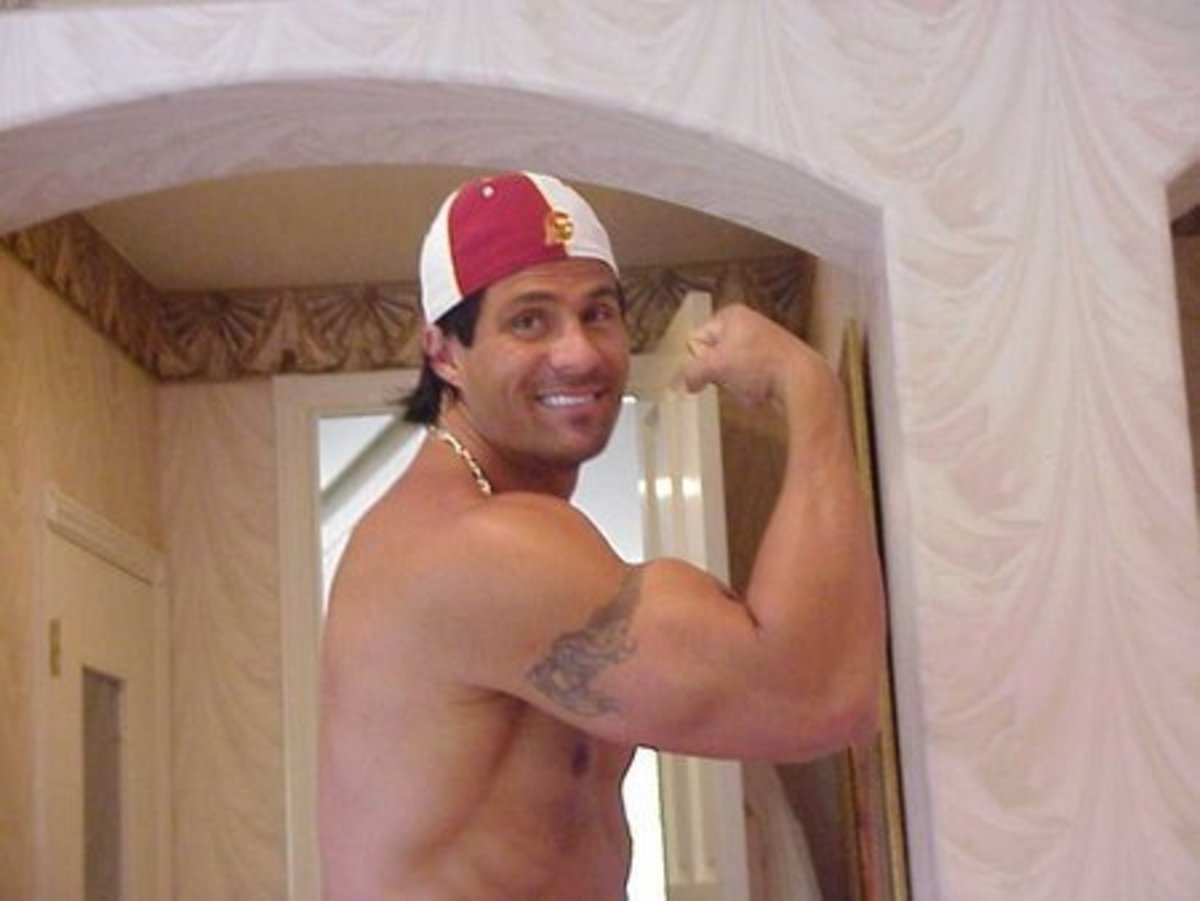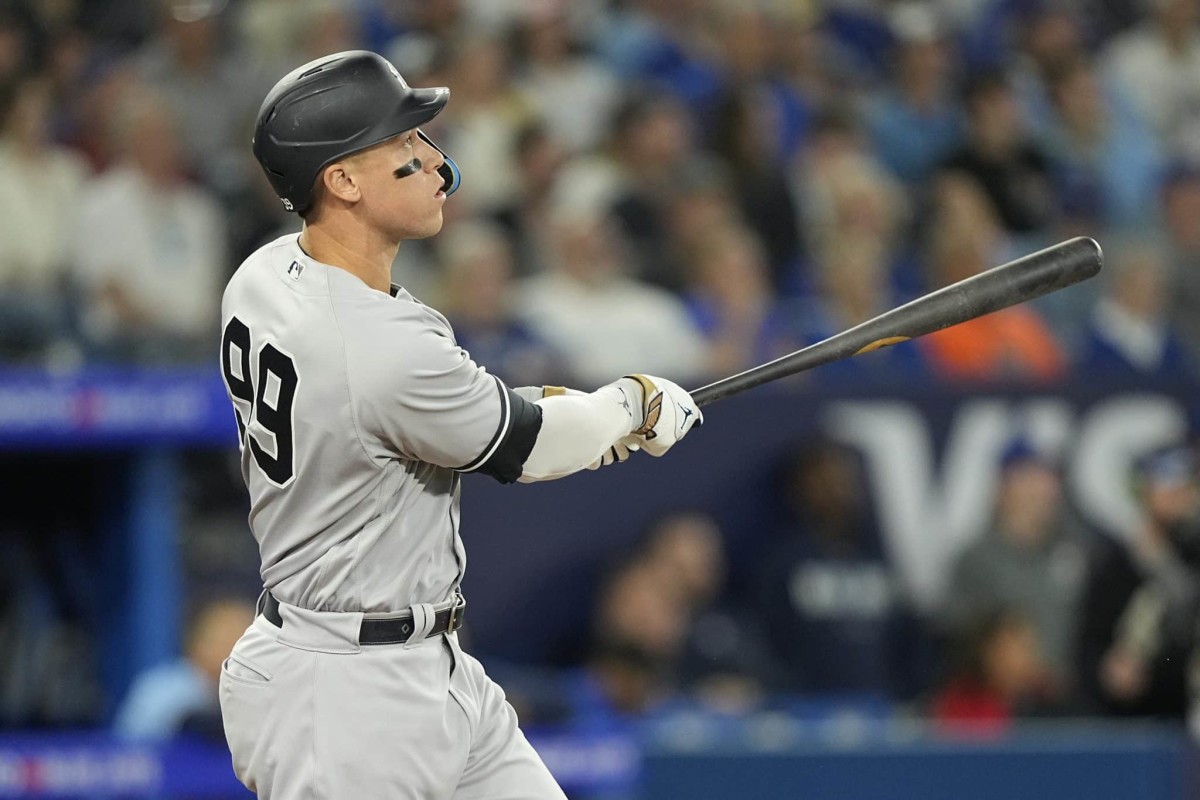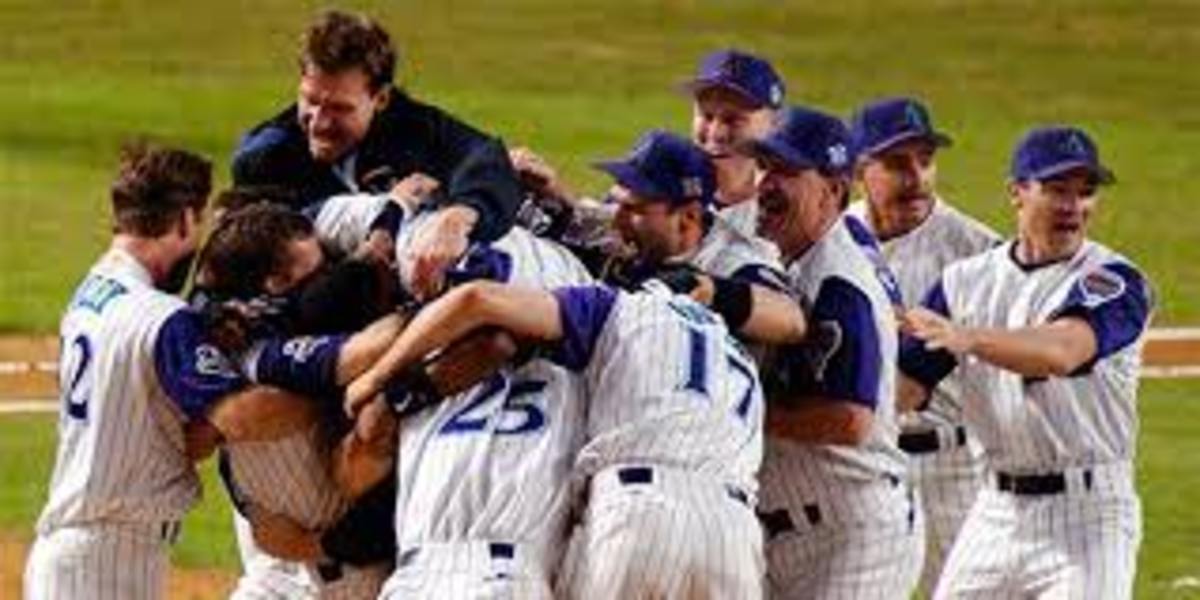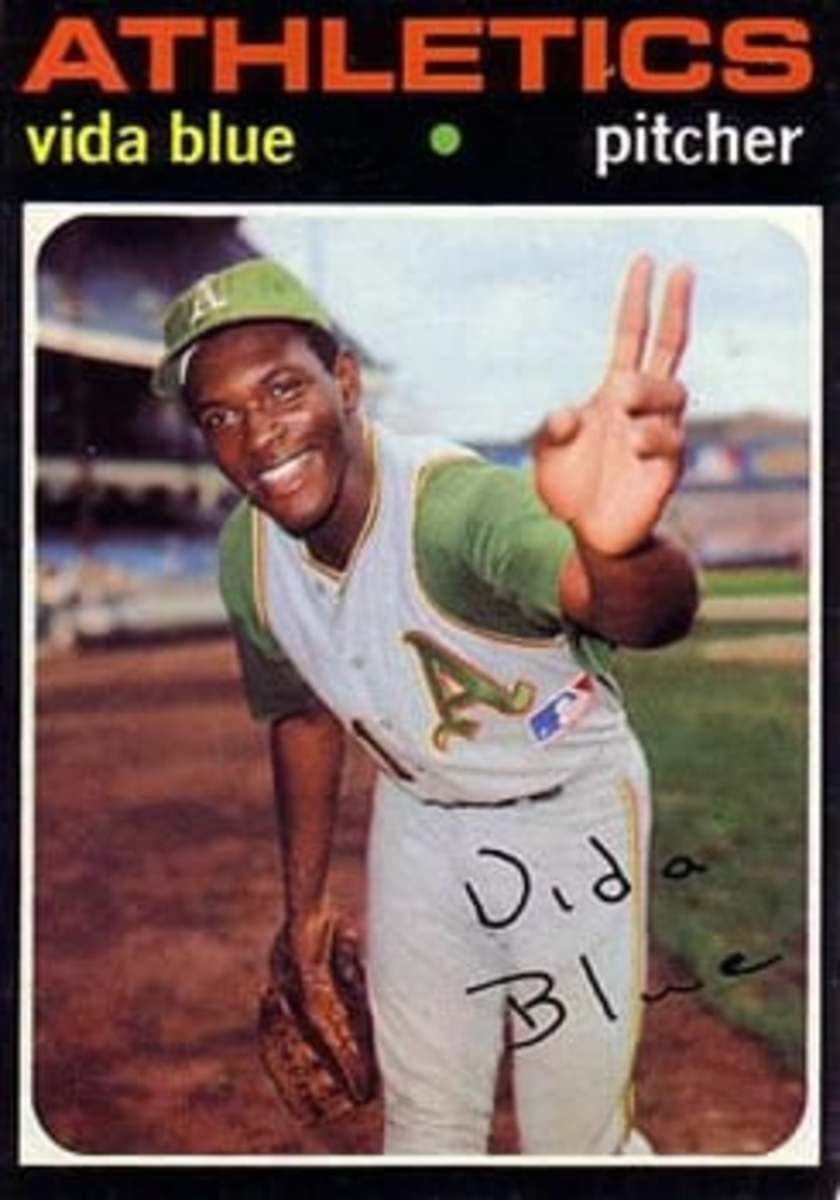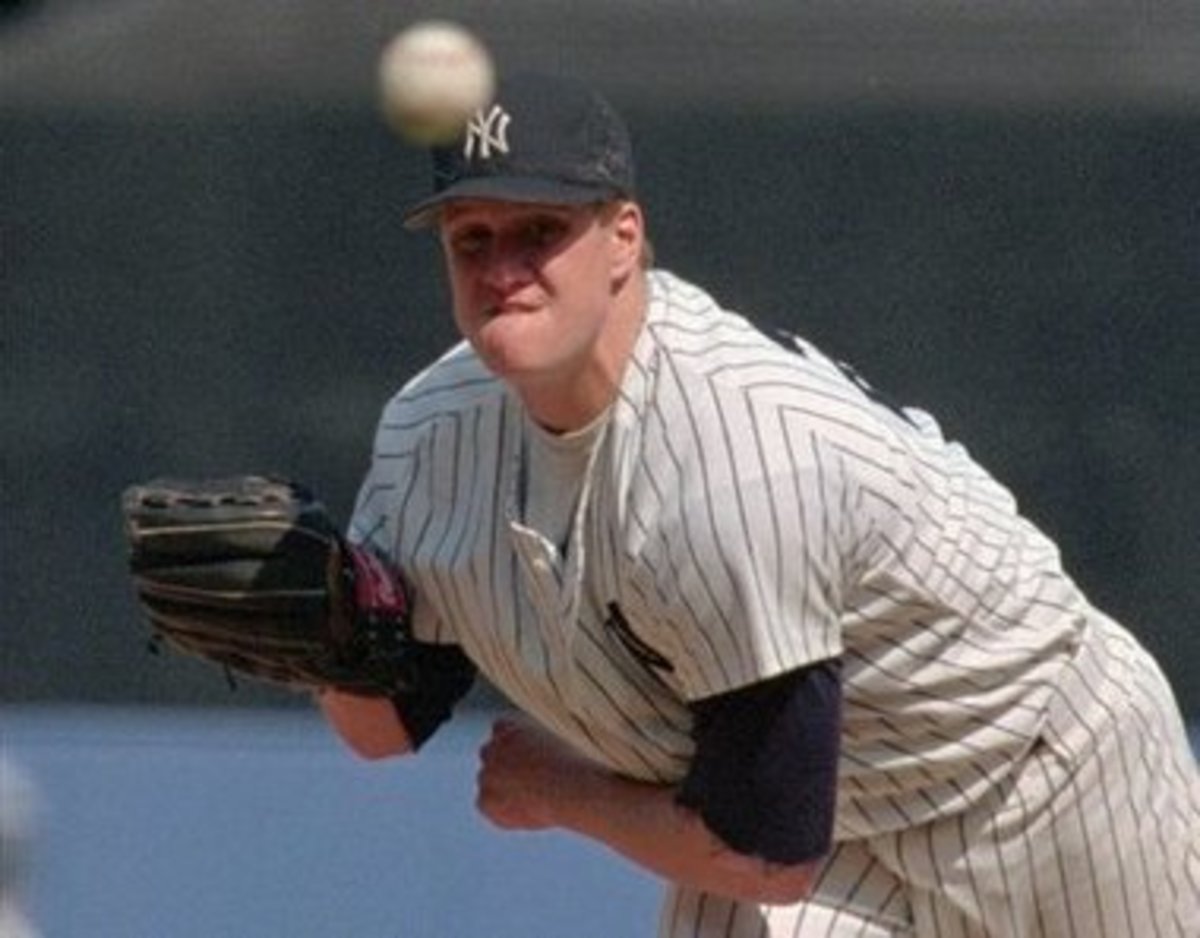Continental League Became Legitimate Threat To Baseball Exactly 50 Years Ago
Famous Stadium's Namesake Was Pivotal In Organizing Baseball's Third Big League

Fifty years of dawns have passed since Branch Rickey declared that, "It is as inevitable as tomorrow morning." That great sports proclamation came, believe it or not, while the baseball owner was appearing as a guest on the game show What's My Line.
Unlike the a.m. hours of January 6, 1960, the third league of Major League Baseball did not arrive. It did, however, that very week receive Congressional support from New York Senator Kenneth Keating, who was intending to bring back a National League team to the Big Apple after the Dodgers and Giants had fled to California.
The idea of the third league was created by William Shea, after whom the famous New York Mets stadium was named, just several years before. Once Rickey threw his support for the proposal, it appeared as if there would indeed be competition for both the American and National divisions in Major League Baseball.
In addition to New York, the Continental League also established teams in Houston, St. Paul-Minneapolis, Denver and Toronto. Each owner of those franchises committed $1,500,000 to pay for players, equipment and travel expenses, basically everything except the construction of stadiums.
Since five teams hardly made for a legitimate league, Continental officials got commitments as well from owners in Kansas City, Dallas and Buffalo. Now, just like both The American and National Leagues, the Continental comprised eight teams.
Needing ample time to draft players and ink deals for ball parks, Continental officials decided to wait until April of 1961 to play games. Ufortunately, the league would be dissolved six months before then.
By that time, however, it had already made a major impact on the sport, which that summer announced that it would be expanding. New York would, after all, get its National League team to fill in the absence of the Giants and Dodgers.
The Mets joined the National League in 1961 along with the representative of another Continental city, the Houston Colt 45s. A third city in the Continental configuration, Minneapolis, also got a team to replace the Twins club that earlier had moved to Washington D.C.
Thus, in just one year nearly half of the cities in the Continental plans had achieved their goal of receiving a Major League Baseball team. Before the end of the next decade, all but two would have franchises as well.
Denver would not receive a team until the Nineties, when the Rockies took up residence in Coors Field. The only Continental city left without a Big League club is Buffalo, which itself has been one of the most successful Triple A teams over the last three decades.
Expansion was inevitable for Major League Baseball, which had only eight teams in both circuits in 1960. It most likely would have taken more than just one year to arrive had it not been for the formation of the Continental League, an idea that became a real threat when a powerful congressman gave his support exactly fifty years ago.

